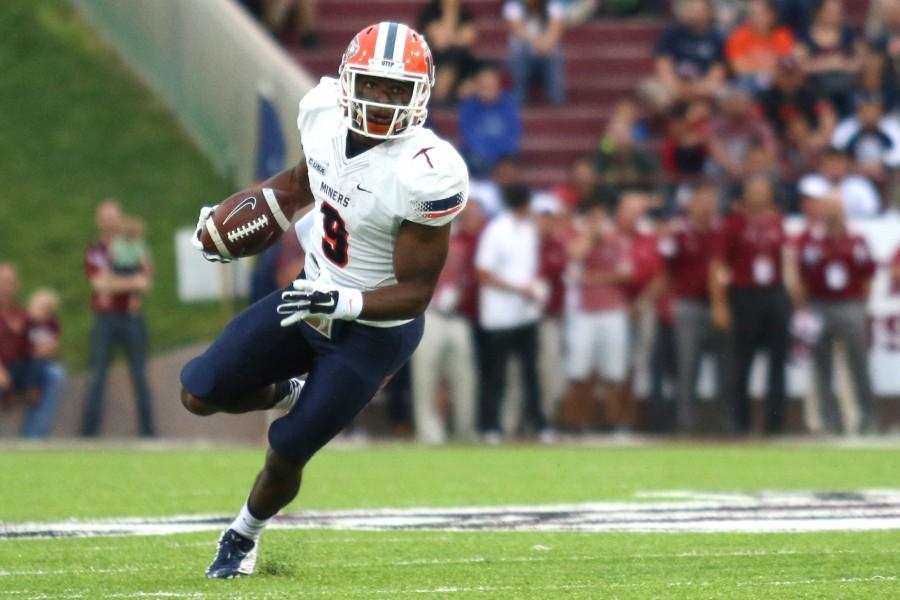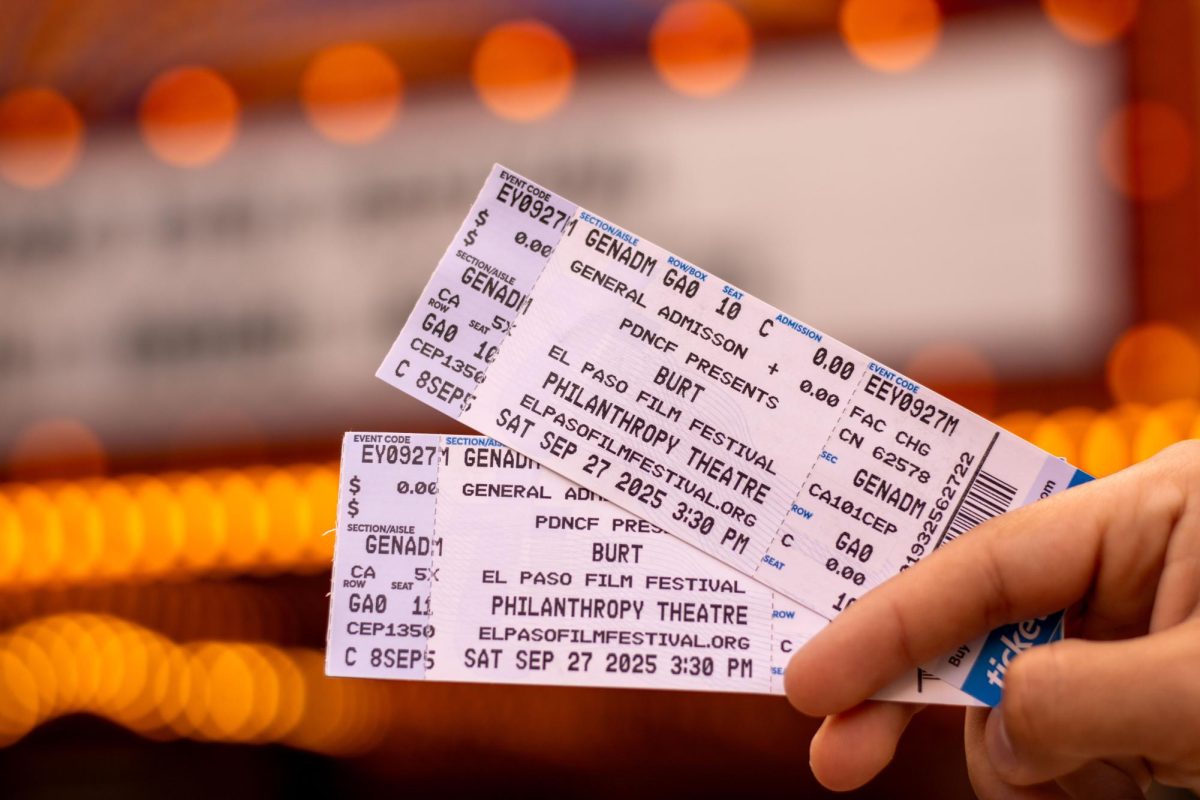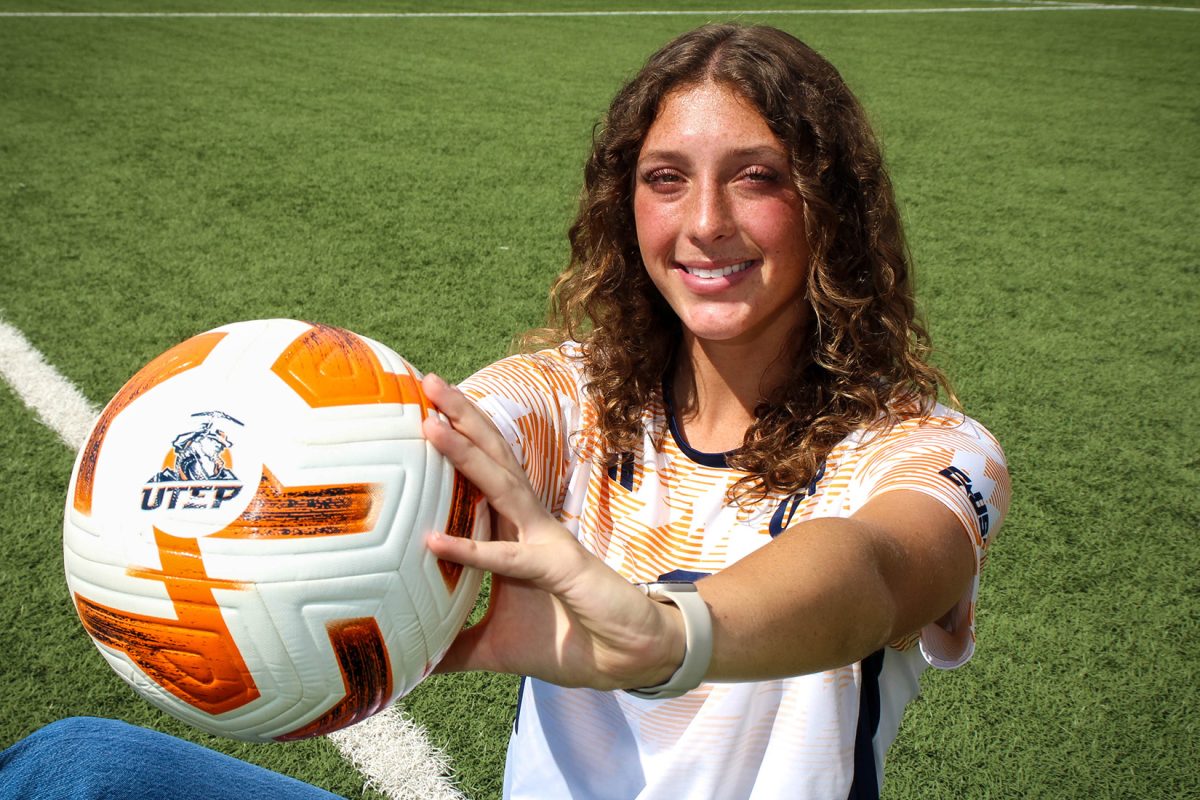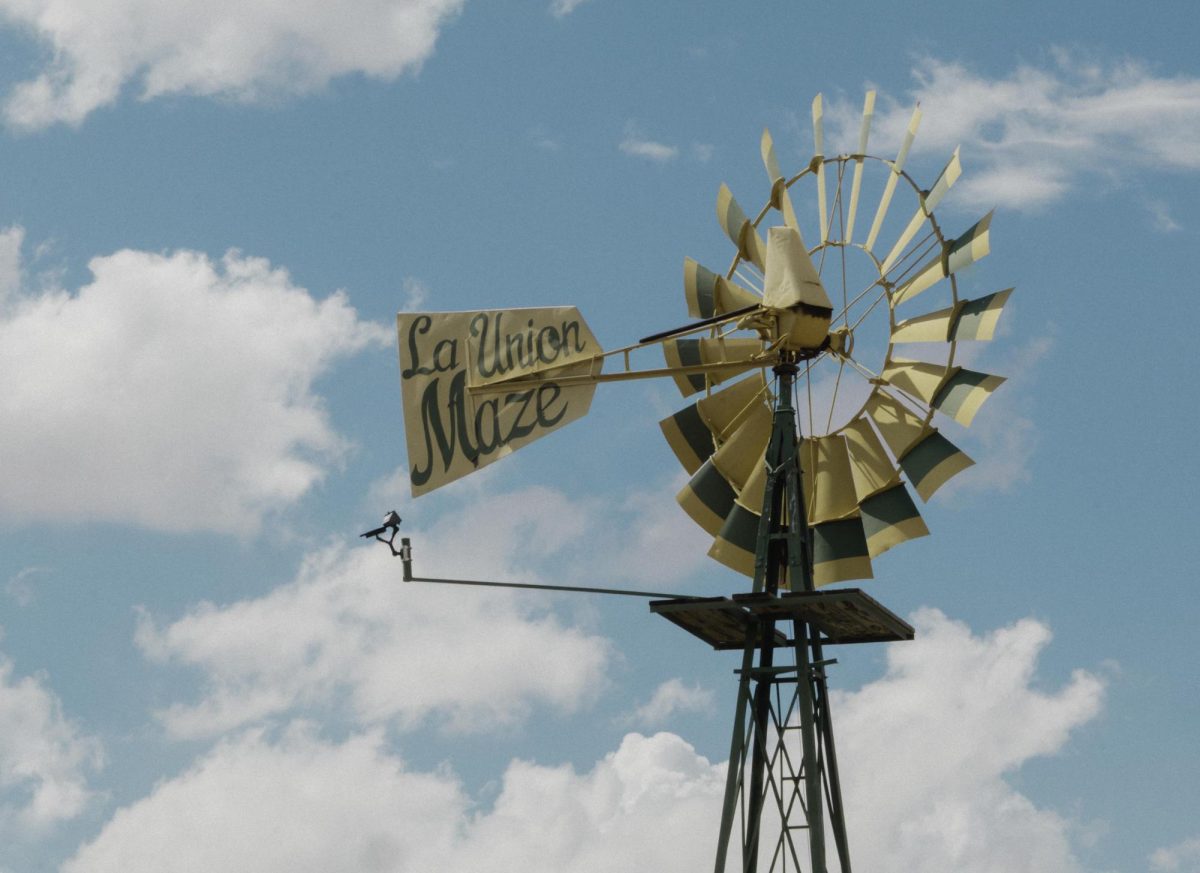Many football fans are familiar with the rules, regulations and plays of football, but there are few who know the amount of work that goes on outside of the playing field. Maintaining a football player’s image and the cost of preserving a player’s uniform can be quite shocking.
Nathan Garrido, graduate assistant at the athletics department, said it costs around $28,000 to purchase new pants and jerseys for every player on the team.
“We bought new uniforms this year, and it cost $28,000 to replace the pants and jerseys for the whole team. Although we usually buy extras and blanks ones just in case,” Garrido said.
Alan Luna, a kicker for the UTEP football team, said when choosing a uniform, most choose the one they are most comfortable with.
“It’s like buying anything else, the sizes come in small, medium and large,” Luna said.
Luna also said there’s something different about wearing a football uniform compared to everyday clothes like jeans and shirts.
“Everything is tighter, it fits to your body and is comfortable,” Luna said. “But personally, I like wearing a uniform because it makes me feel different than everyone else.”
Garrido said helmets are a separate expense, and it usually costs $35,000 to replace the helmets, although they usually send them in for reconditioning instead.
To recondition the helmets, the athletics department sends the helmets in to Riddell, a company that specializes in sports equipment for football. There, they re-spray the outside, change out the pads and replace the facemasks.
“Replacing the facemasks is an extra cost and can be anywhere from $35 to $50 per facemask,” Garrido said. “Since we are a university, we receive a reduced cost, as do most high school and university teams, but if we were a random person going in, they would probably charge us double.”
Along with the yearly maintenance performed on the helmets, the managers also work to preserve the uniforms by washing them carefully.
“We spray them down after games, and then wash and hang them out to dry to avoid issues with the dryer,” Garrido said. “The head manager prefers we do that so none of them shrink. If they are torn, we sew them and stitch them up to make them useable again, but if it’s real bad we will replace them altogether. But usually they’re small holes that don’t do much damage.”
The coach managers will try to preserve the uniforms for as long as possible, but will replace them if they are not reusable.
“We replace uniforms yearly only if they are damaged or torn, so that’s when we’ll order new ones,” Garrido said. “If not, we’ll use them as long as they are needed, but sometimes we have to replace them if they are damaged really badly during the game by the paint.”
Unless they are badly damaged, uniforms are passed down from player to player once a player graduates.
“Their names are nameplates sewn onto the jerseys, so once they graduate we remove them and replace them with the next player’s nameplate,” Garrido said. “It’s like a bumper sticker, just to put it into perspective.”
Although the paint used on the field can damage the uniforms, Garrido said they rarely have to actually replace the jerseys during the game.
“I think we only had to once when a lineman had a small hole in his jersey and someone grabbed him and completely ripped the shirt to where his chest was exposed. We had to run and get him a new, blank one,” Garrido said. “Just in case it does happen though, during the game we’ll give a player a blank one and then have it remade with his name.”
A football uniform consists of a helmet, facemask, jersey, pants and padded shirt to protect ribs, sternum and shoulders. Many of them like to wear tight, fitted shirts under their jerseys. Under their uniforms they also wear girdles, which provide them with padding on their hips, thighs and buttocks.
In the past, the girdle came without pads and players had slots to put the pads in instead. Players, like linebackers and running backs, wear other padding like kneepads to protect them from rough low hits.
While components of the uniforms have remained consistent, there have been slight changes and improvements made to them in recent years.
“Over the years the uniforms have changed in the sense that they’ve become tighter, more fitted and better suited for protection against rough plays,” Garrido said. “They’re thinner, more stretchable and more durable.”
A recent trend for the uniforms is to bring back helmet styles from different decades.
“For the centennial, we brought back the style of the helmets from the ‘80s because coach Kugler played then,” Garrido said. “It was a big thing; we brought back the logos, and it was a good walk down memory lane, reminiscing good times.”
Brittany Huerta, junior health promotion major, said she was unfamiliar with the maintenance of football uniforms.
“I’m more of a hockey person than a football fan, but I didn’t realize maintenance for the uniforms was so extraneous,” Huerta said.
Although she was unfamiliar with the process, trying to preserve a jersey is something she can relate to.
“I own a hockey jersey, but I haven’t washed it yet because I’m kind of scared to.” Huerta said.
Julia Hettiger may be reached at [email protected].











